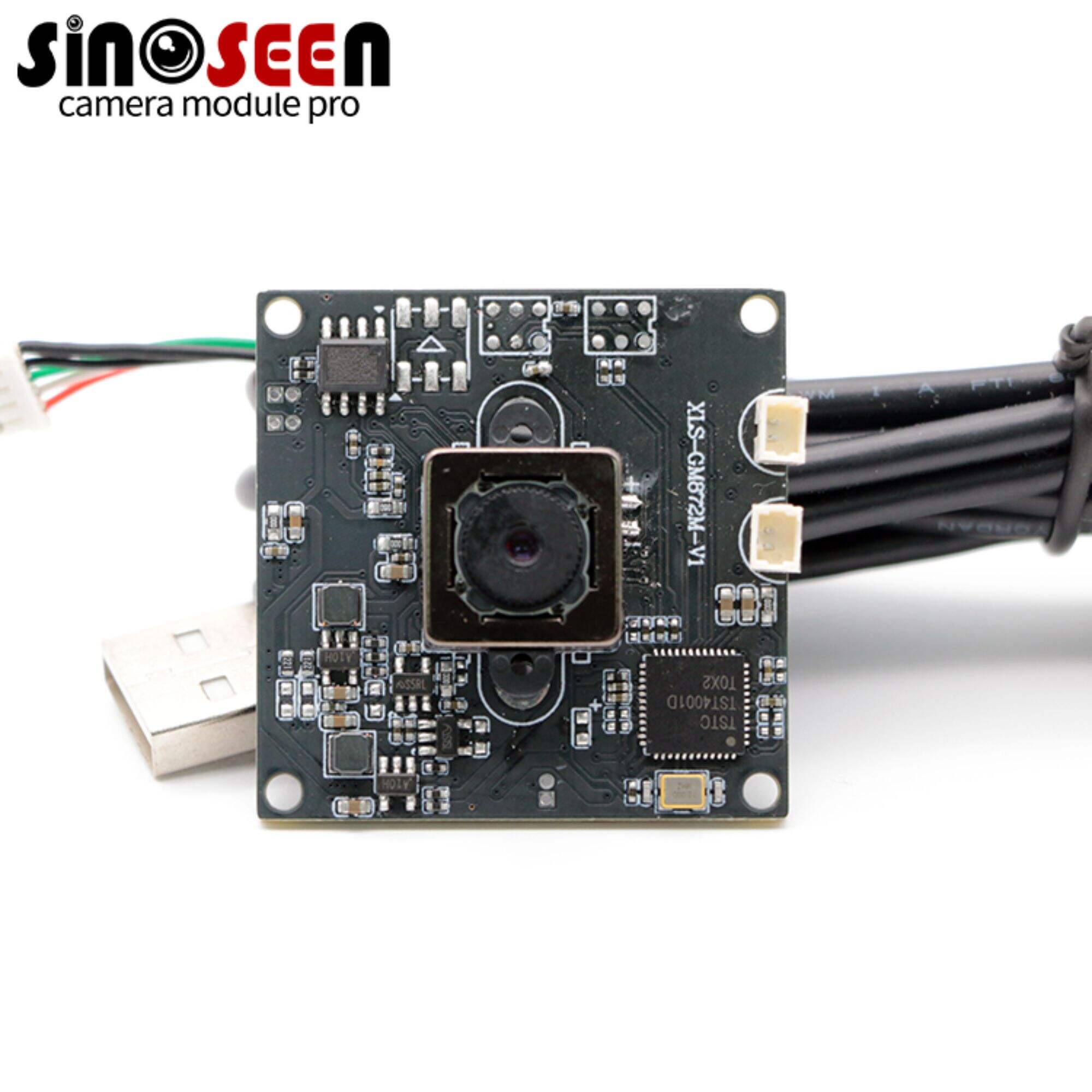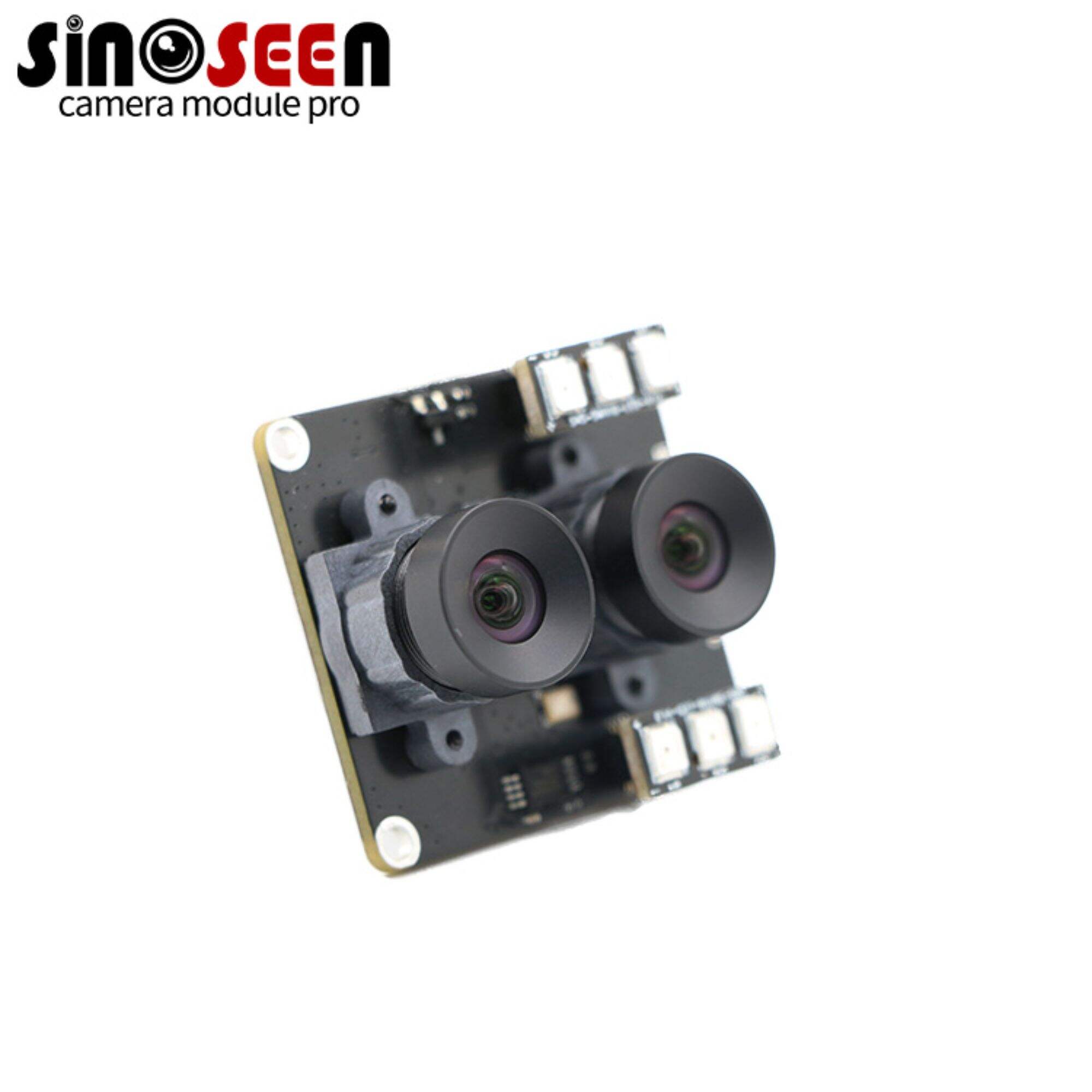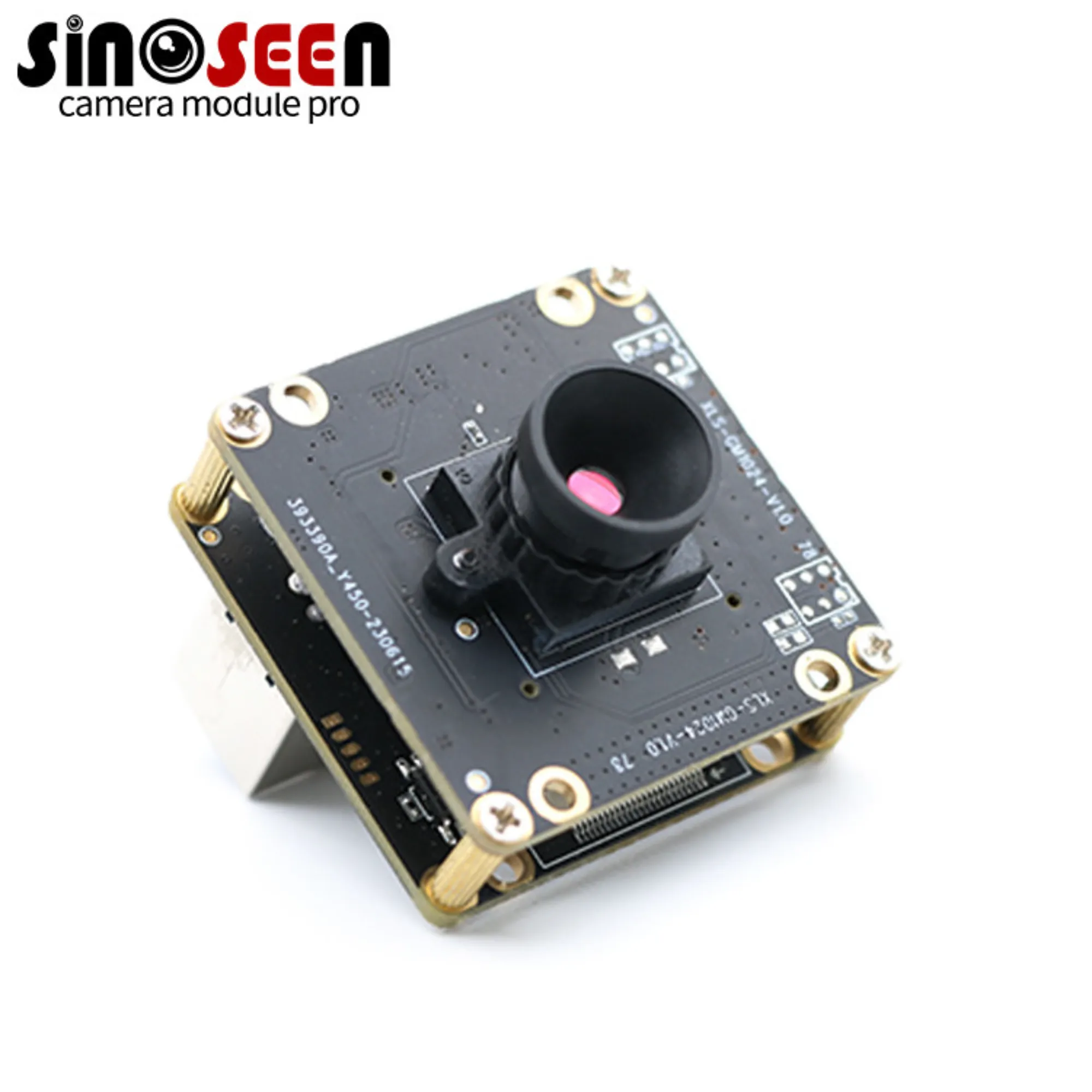What is the function of the iris in a camera lens
Understanding the Iris in Camera Lenses
While taking photographs or making videos, one always focuses on the quality of an image. Depending on the aperture and shutter speed and ISO settings there are several parameters which influence image quality. One such component, which is very important in the determination of the quantity of light that gets into the camera, is the iris. Our Sinoseen, which is popularly recognized for quality camera lenses’ module, appreciates this particular feature and therefore embeds into their designs. Allow us understand the purpose of the iris in a camera lens more cleary.
What is an Iris?
Iris is a part of the camera lens which forms a mechanical device that effects the size of the aperture which is an opening through which light enters the camera body. This operates in the same manner as the human pupil, which dilates and constricts depending on the amount of light falling on the oculo-facial skin. It consists of many blades which collectively work to increase or decrease the diameter of the aperture.

The Role of the Iris
Light modulating function: One of the primary functions of the iris is the control of the light dose that will irradiate the camera sensor or the photo film. Exposure can also be controlled through modifying the size of an aperture opening in a photoframe. A wider opening is accompanied by a smaller f-stop and such increases the amount of light reaching the film and hence the image is well exposed. Smaller arcs or running in larger f-stops will contain less light and therefore the images produced will also be darker.
Promoting and recuperating brightness and brightness regions: The other important feature that is under the control of the iris is the depth of field (DOF). Depth of field refers to the distance between nearest and farthest object in a photograph which are in acceptable focus. Using relatively very large aperture gives a very shallow DOF leading to smoothening out of the background hence emphasizing the subject. The opposite holds true for the use of small aperture where the depth of focus is good thus widens and focus on the background scene in addition to the subject.
Impact on Image Quality: The iris clarifies the image quality as well. Outside of the aperture (widely open), the images look softer because the depth of focus is largely shallow. it was found that by almost stopping down the aperture, improved image quality was obtained as a larger portion of the photographed object is sharp. On the contrary, Image sharpness would then be reduced due to the effects of diffraction limit if the aperture reduces too much.
How to Change Iris
Usually, almost every lens on modern cameras can either manually or automatically control the iris aperture. With manual iris adjustments, photographers are able to fix the aperture in line with their artistic creativity while in automatic iris mode this is done according to the lighting conditions, which works very well for video shooters who want to avoid the long squeeze.

 EN
EN
 AR
AR
 DA
DA
 NL
NL
 FI
FI
 FR
FR
 DE
DE
 EL
EL
 HI
HI
 IT
IT
 JA
JA
 KO
KO
 NO
NO
 PL
PL
 PT
PT
 RO
RO
 RU
RU
 ES
ES
 SV
SV
 TL
TL
 IW
IW
 ID
ID
 SR
SR
 VI
VI
 HU
HU
 TH
TH
 TR
TR
 FA
FA
 MS
MS
 IS
IS
 AZ
AZ
 UR
UR
 BN
BN
 HA
HA
 LO
LO
 MR
MR
 MN
MN
 PA
PA
 MY
MY
 SD
SD














